Analysis of T-Mobile and SpaceX's service reveals something you might not have expected

T-Mobile and SpaceX's Starlink-powered service is in beta now and if you are wondering how satellite transmission stacks up against terrestrial communication, research and consulting company Signals Research Group (SRG) recently conducted a thorough analysis to find out.
The findings are mostly promising and in line with expectations. SRG used equipment from Accuver Americas and Rohde & Schwarz to measure the SMS performance of T-Mobile's direct-to-cell offering. The service was tested at locations where T-Mobile's coverage is spotty or non-existent.
T-Mobile's satellite service uses 5 MHz of spectrum in Band 25 (1952.5 MHz). T-Mobile also uses this band for its terrestrial 5G network. The service works on a range of recent smartphones from Apple, Samsung, and Google and is also open to AT&T and Verizon customers.
SRG used a Galaxy S24 to test the service. The company says that the service works pretty much everywhere. You can use it to send both RCS messages and basic SMS texts. It also works in conditions it was not designed for and "where a normal person would never want/need to use it."
The company also found that the service is as reliable as terrestrial text messaging.
SRG also learned that the service uses LTE, not 5G. T-Mobile's partner SpaceX aims to roll out data and IoT services later this year and voice support is also expected in the future.
SRG says that adding voice and low bandwidth data services will only be possible if some enhancements are made, such as advancements in 5G NTN (Non-Terrestrial Networks). 5G NTN is a part of the official 5G standards, so this shouldn't be a problem.
Also working in T-Mobile's favor is the finding that there wasn't a lot of interference between SpaceX's satellites and T-Mobile's ground-based cell towers, which was a concern. SRG's President Michael Thelander tested the service inside his house, which is located near a T-Mobile cell site that uses the same radio channel used by Starlink. Even though the signal was weak indoors, the messages always got sent and received, allaying concerns that T-Mobile’s 5G network and Starlink’s satellite service can't coexist.
As Light Reading notes, T-Mobile uses 477 satellites operated by SpaceX for the messaging service. While T-Mobile's competitors have also made significant progress, the company continues to have an edge because SpaceX also builds and operates the rockets used for launching satellites.
The findings are mostly promising and in line with expectations. SRG used equipment from Accuver Americas and Rohde & Schwarz to measure the SMS performance of T-Mobile's direct-to-cell offering. The service was tested at locations where T-Mobile's coverage is spotty or non-existent.
SRG used a Galaxy S24 to test the service. The company says that the service works pretty much everywhere. You can use it to send both RCS messages and basic SMS texts. It also works in conditions it was not designed for and "where a normal person would never want/need to use it."
SRG says that satellite messages take longer to transmit than terrestrial texts, but the delay is small enough that it does not affect the typical user experience.
In many cases, the delivery time was largely comparable to a terrestrial text messaging service. In a few instances, the delivery time wouldn’t suffice if the text message read, “Help, a Grizzly bear is chasing me,” but if that is what the message reads, then the sender’s days on earth are already numbered. Bottom line, user behavior (most people don’t stare at their phone waiting for a text message) has just as much influence on the text messaging user experience as the Starlink satellite connection.
SRG, February 2025
SRG also learned that the service uses LTE, not 5G. T-Mobile's partner SpaceX aims to roll out data and IoT services later this year and voice support is also expected in the future.
SRG says that adding voice and low bandwidth data services will only be possible if some enhancements are made, such as advancements in 5G NTN (Non-Terrestrial Networks). 5G NTN is a part of the official 5G standards, so this shouldn't be a problem.
As Light Reading notes, T-Mobile uses 477 satellites operated by SpaceX for the messaging service. While T-Mobile's competitors have also made significant progress, the company continues to have an edge because SpaceX also builds and operates the rockets used for launching satellites.


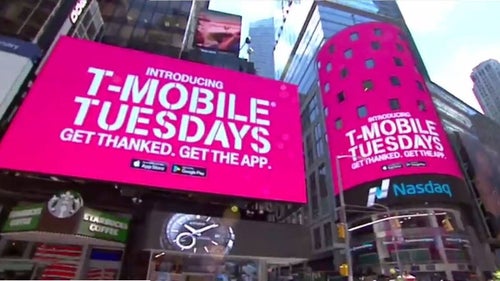

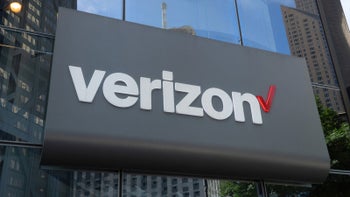
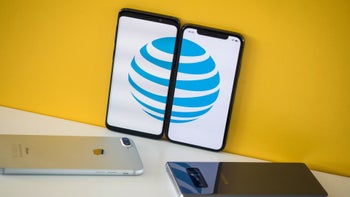

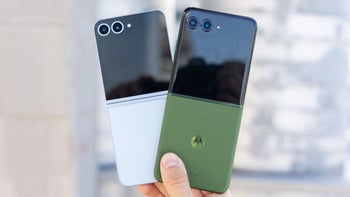

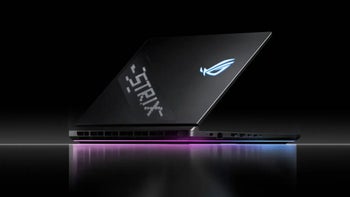
Things that are NOT allowed: